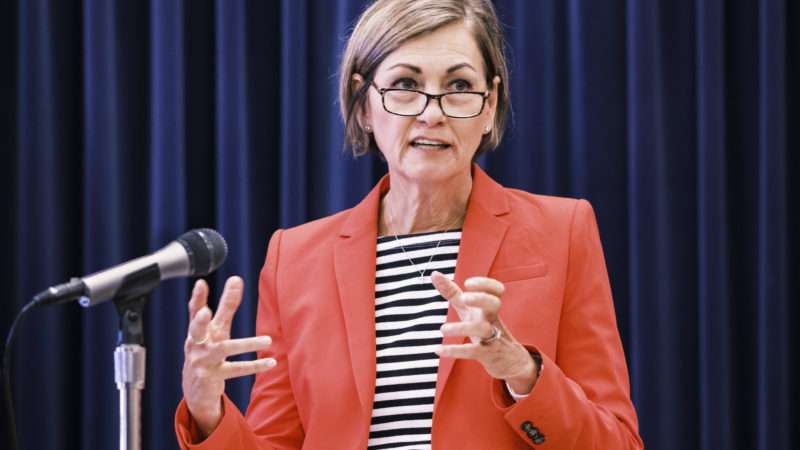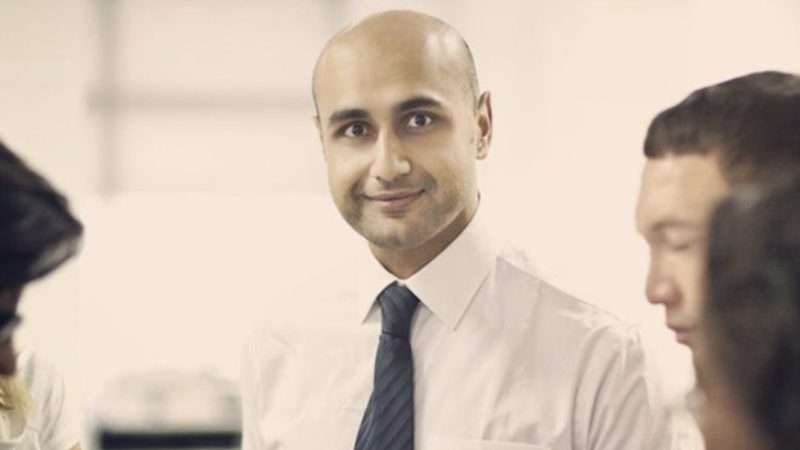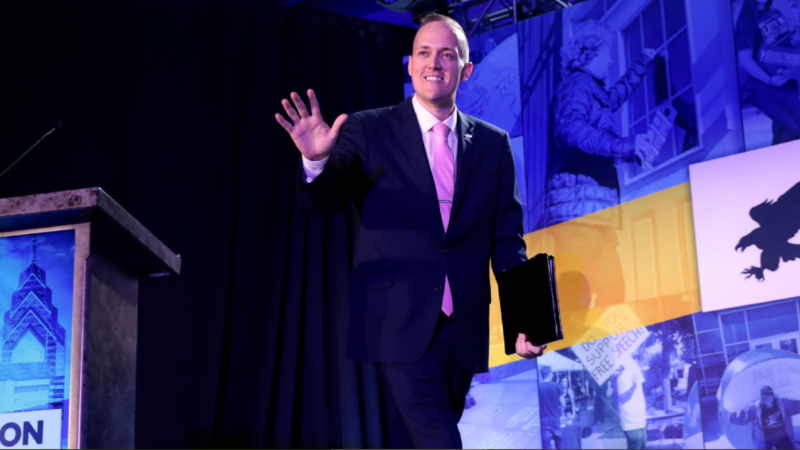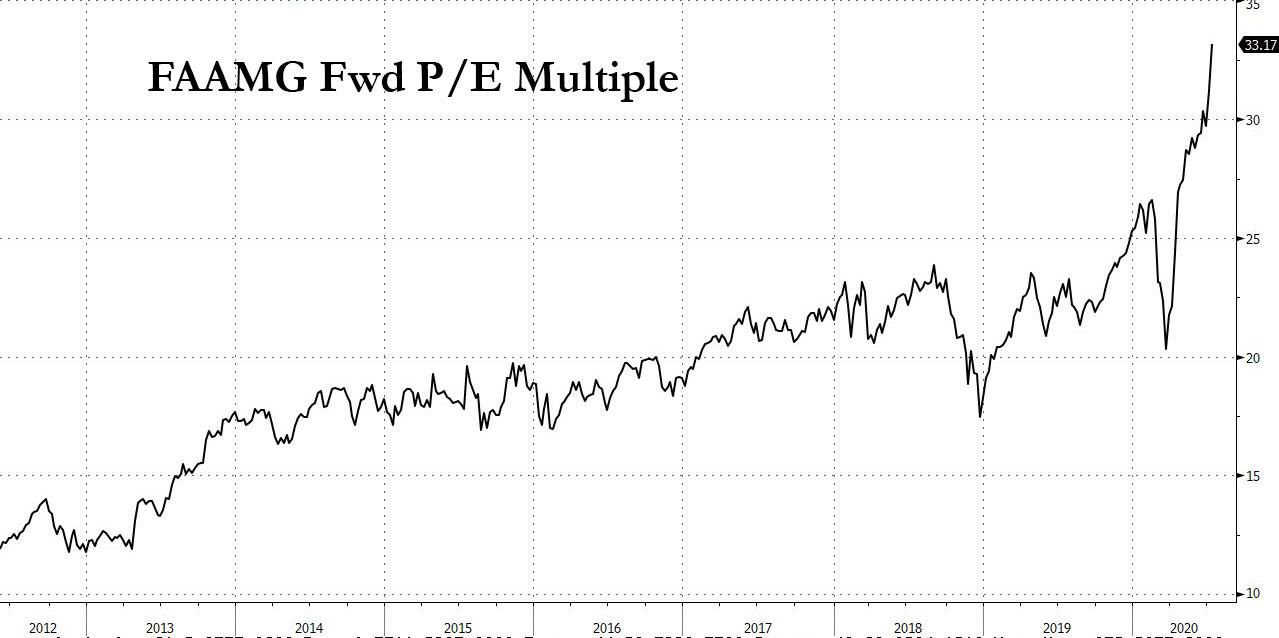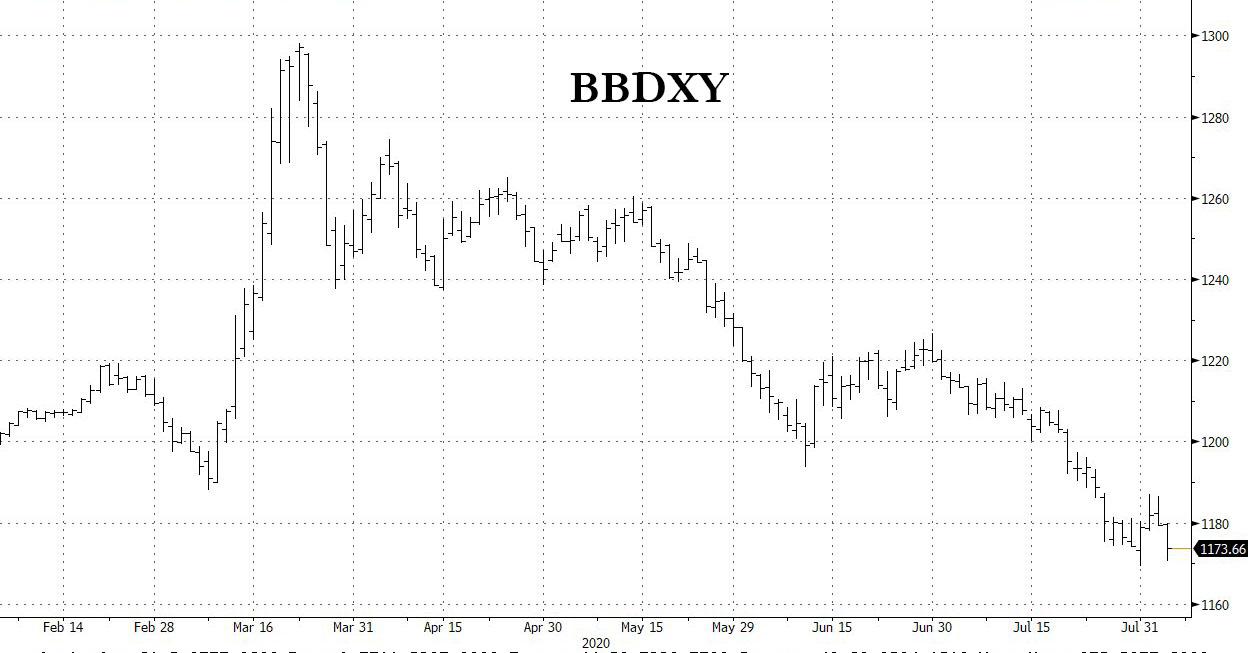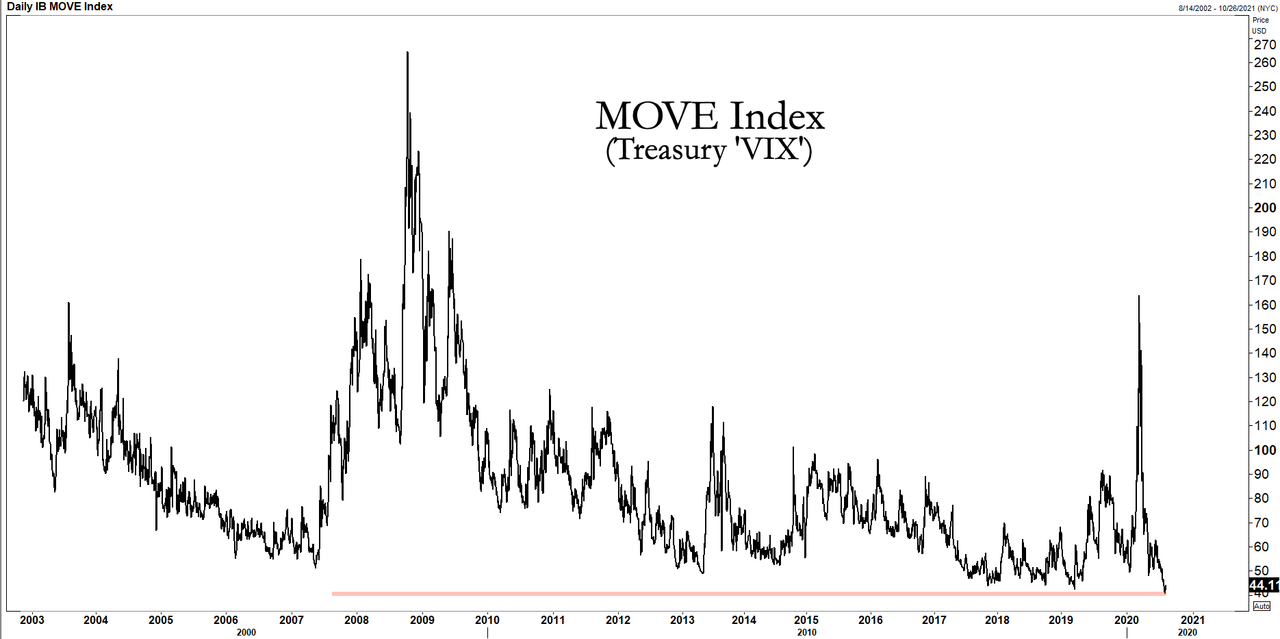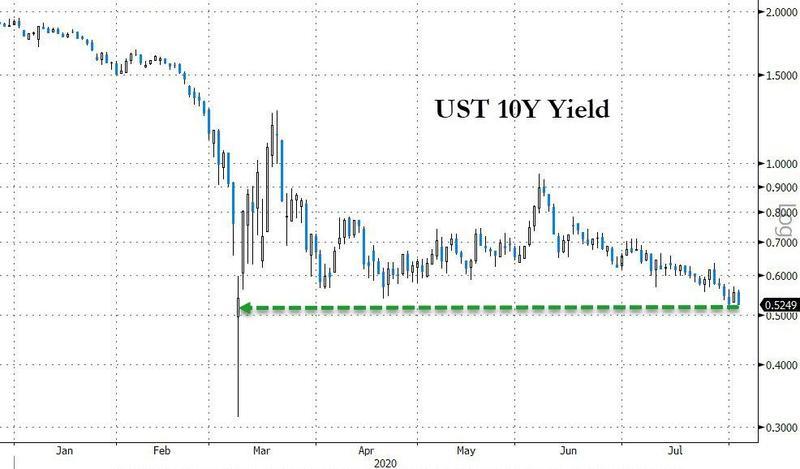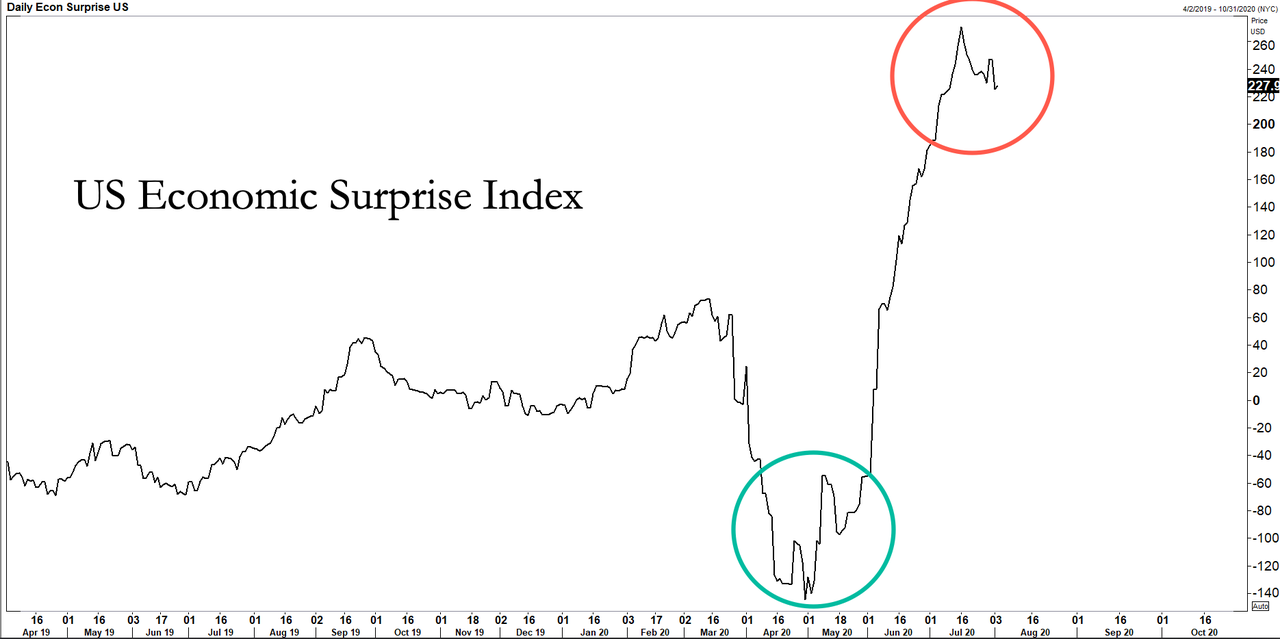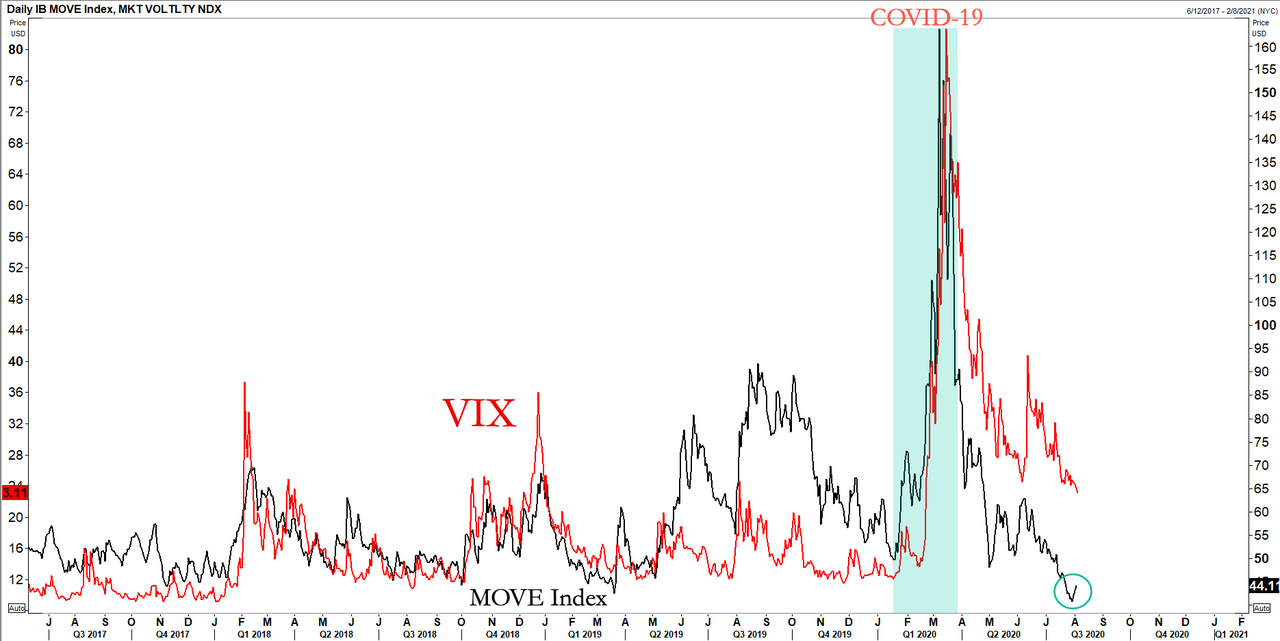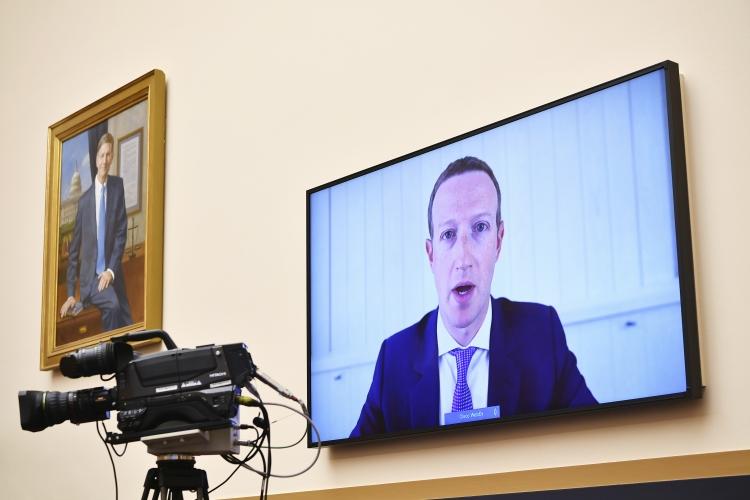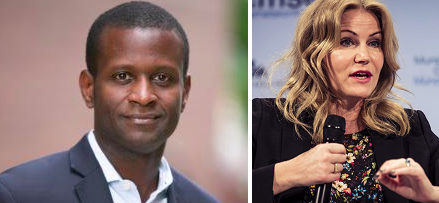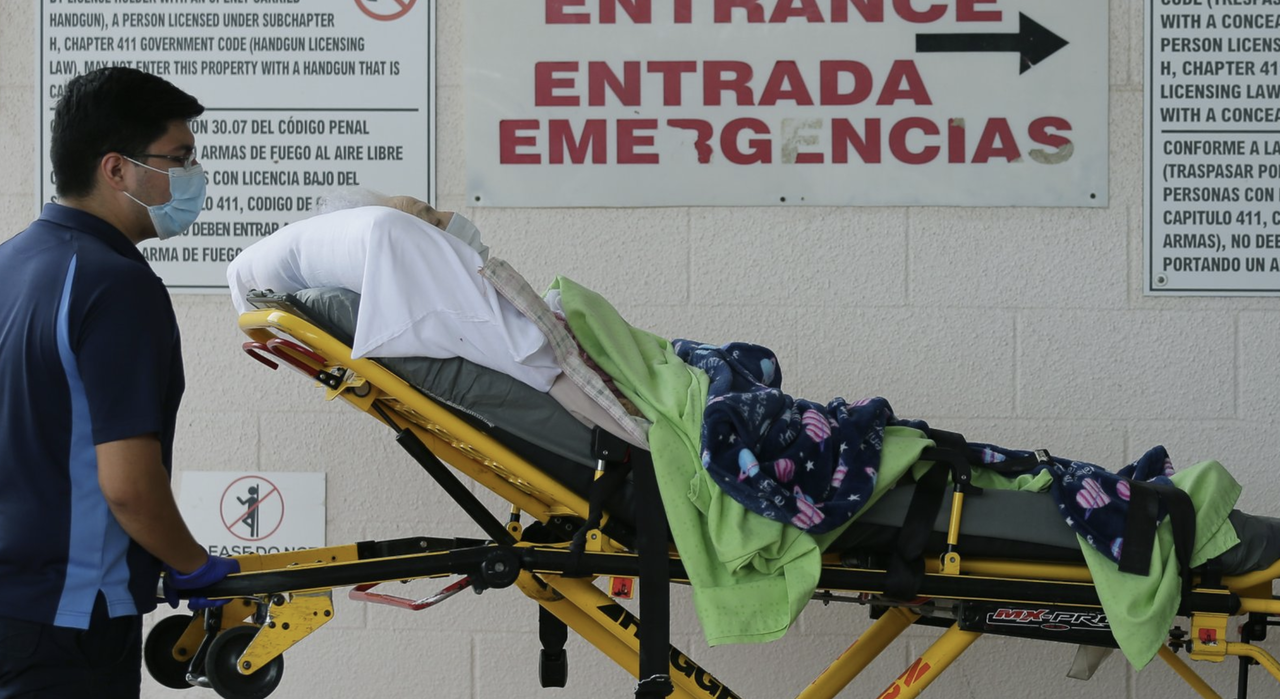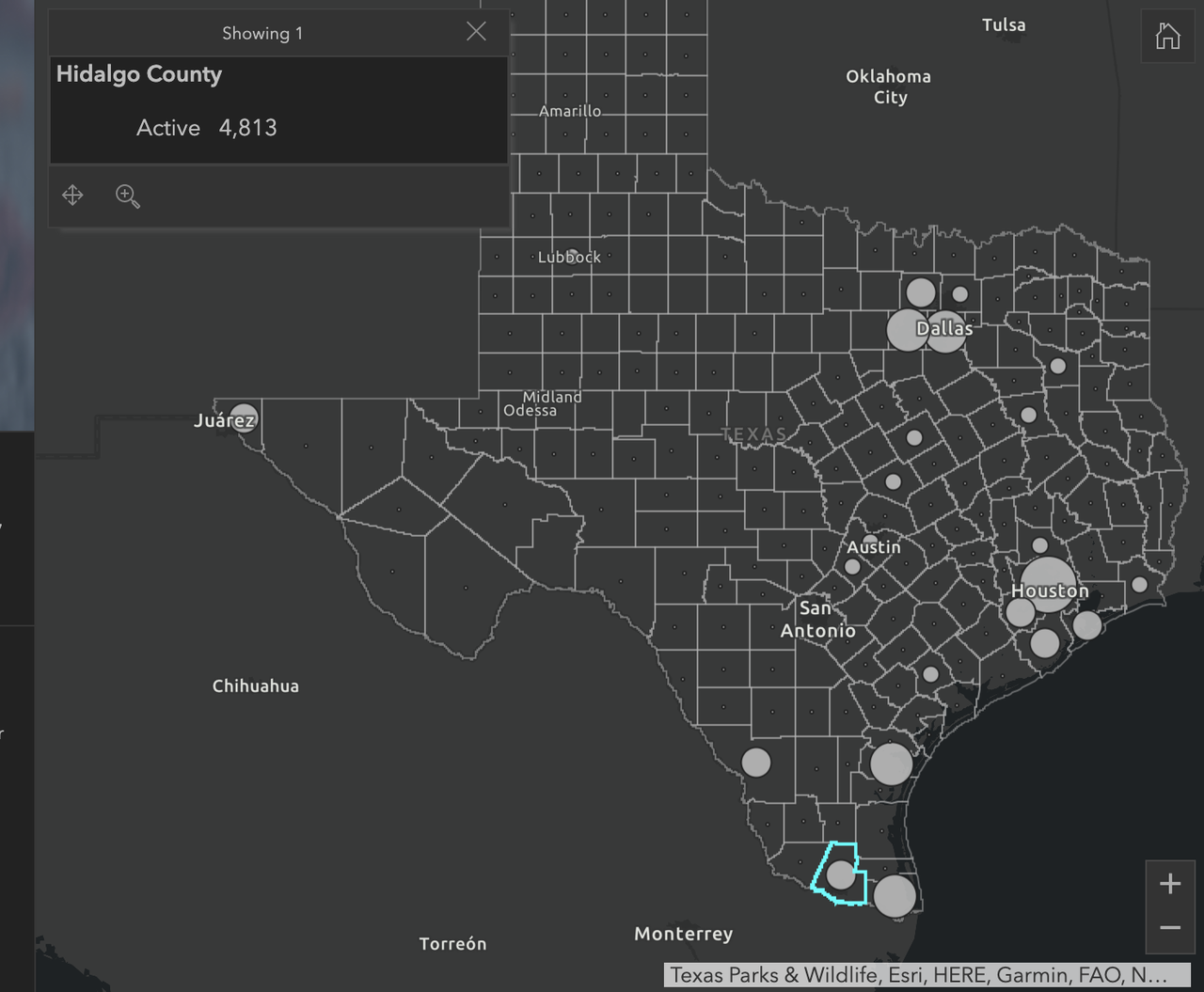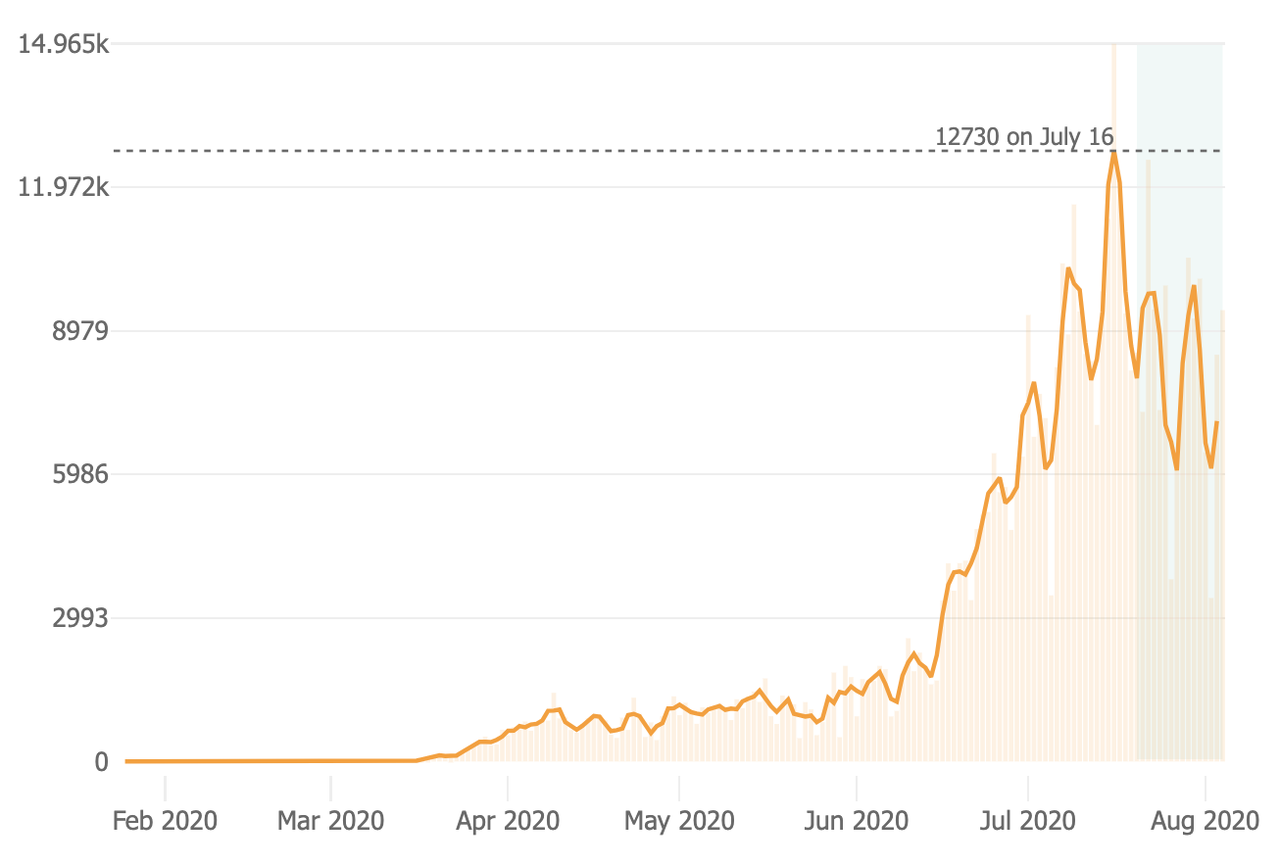On a Tuesday evening last April, a black 2015 Chevrolet Malibu with Texas plates was traveling west on Interstate 10 in Mississippi when Hancock County Sheriff’s Deputy Danny Gilkerson pulled it over, ostensibly for exceeding the speed limit by about eight miles per hour. Based on an alert by a drug-sniffing dog, the cops searched the car, finding “numerous Tupperware containers containing numerous controlled substances,” including methamphetamine, heroin, MDMA, Adderall, and Xanax, along with three loaded firearms: an AR-15, a revolver, and a pistol. The driver, Rohith Mathew, was arrested on drug and gun charges, and his car was seized as the instrumentality of those crimes.
Except it wasn’t his car. Mathew, an executive at a Houston-based supply chain management company, had rented it from Manni Munir, who owns a small Houston car rental business with a fleet of about two dozen vehicles. Munir, who described Mathew as “a giant nerd” who was “very chatty” and “very friendly,” said he had no idea what his customer was up to. Munir, whose business specializes in serving people who come to Houston for medical treatment, said he did not even know that Mathew, contrary to the rental contract, had taken the car out of Texas. But under federal civil asset forfeiture law, none of that mattered.
While this case might seem like small potatoes compared to many other forfeiture outrages, it vividly illustrates the dilemma faced by innocent owners who find that challenging a forfeiture can cost more than their property is worth. It also shows how civil forfeiture encourages cops to prioritize profit over public safety.
As Giacomo Bologna reports in the Jackson Clarion-Ledger, Munir found out that his car had been seized after Mathew failed to return it on time and a GPS tracker showed the car was parked at the Hancock County Jail. When an alarmed Munir called the Hancock County Sheriff’s Office, Deputy Fred Eagan matter-of-factly informed him that he would not be getting the car back. Munir said he offered to share his GPS data, seemingly relevant to the case against Mathew, but investigators were not interested.
“What is the accusation?” Munir wondered in an interview with the Clarion-Ledger. “If the accusation is that I’m involved, then the burden should be on them to prove it.” But that is not how civil forfeiture works.
Munir faces a couple of options, neither of them palatable. He can let the government keep his car, which he bought for $7,500 a few years ago—a significant loss for a small business like his. Or he can challenge the forfeiture in federal court via the “innocent owner” defense, which requires him to prove by “a preponderance of the evidence” that he “did not know of the conduct giving rise to forfeiture” and, after learning of it, “did all that reasonably could be expected under the circumstances to terminate such use of the property.” Munir said a lawyer he approached told him challenging the forfeiture would cost at least $5,000, and there is no guarantee he would win.
“If I was Hertz, if I was Avis, they wouldn’t try to seize the car,” Munir told the Clarion-Ledger. “This is a huge hit.”
Why did the Hancock County Sheriff’s Office refer the case to the Justice Department instead of pursuing the forfeiture under state law? The Clarion-Ledger notes that Eagan, the deputy who filed the federal criminal complaint against Mathew (whose first and last names are reversed in that document), is a member of a Drug Enforcement Administration task force. But that is not the only explanation for pursuing federal “adoption” of the case, which offers clear advantages for cops seeking to keep an innocent owner’s property.
Mississippi’s forfeiture law is not exactly friendly to property owners. The Institute for Justice, a public interest law firm that has been challenging forfeiture abuses for years, gives Mississippi a grade of C–. Like the Justice Department’s forfeiture program, the Institute for Justice notes, Mississippi promises local law enforcement agencies 80 percent of the proceeds, “creating a troubling conflict of interest and a strong incentive to seize.” But federal adoption allows police to claim their cut without going to the trouble of obtaining a warrant, which has been required in Mississippi since 2017, or pressing their case in court. And in Mississippi “the government bears the burden of disproving an innocent owner claim,” while federal law requires victims like Munir to prove their innocence.
In addition to the burdens that civil forfeiture imposes on people whose property can be taken even if they are never charged with a crime, this case shows how the prospect of easy money perverts policing. The Clarion-Ledger says Munir’s car “caught the eye” of Deputy Gilkerson—possibly because it was a relatively new model with out-of-state plates and a dark-skinned driver. According to Eagan’s affidavit, Gilkerson “paced the vehicle” and found it was traveling at “78-80 MPH” on a highway where the speed limit was 70. That was enough to stop the car, although the offense was so minor that Gilkerson gave Mathew a written warning rather than a citation carrying a fine. But Gilkerson was just getting started.
When Gilkerson asked Mathew about his itinerary, the criminal complaint says, Mathew said he was returning to Texas after visiting his girlfriend in Panama City, Florida. Unsatisfied with that response, Gilkerson grilled Mathew further, noticing that he was “very nervous” and that “his lips were shivering/shaking.” Gilkerson asked Mathew to get out of the car, ostensibly “so he could hear his response[s] to the questions better.” As Mathew exited the car, Gilkerson “noticed that he tucked something between the seats.” Gilkerson patted Mathew down and asked if he had any weapons. Mathew said he had a gun in the car, which Gilkerson retrieved.
According to Eagan’s affidavit, Gilkerson asked Mathew about “the track marks from injecting illegal narcotics on his arms.” Mathew said he had been a drug user but had recently quit, then admitted that “I’m not that clean.” Gilkerson asked for consent to search the car, which Mathew declined to give. But that did not matter, because Gilkerson summoned a K9 officer, who conducted “a free sniff of the exterior of the vehicle.” The dog “showed a positive indication on the vehicle,” which prompted the search that discovered the drugs and the two other guns.
If you want to know how Gilkerson was able to turn a routine traffic stop into an investigation that led to a drug bust, you can ask the Supreme Court. The Court has not only upheld pretextual stops like this one; it has allowed police to interrogate motorists without any evidence of criminal activity, let cops order drivers out of their cars based on general concerns about officer safety, ruled that inspection by a drug-detecting dog requires no special justification, and declared that such an animal’s behavior by itself provides probable cause for a search, even though that signal may be invented, imagined, erroneous, or triggered by the handler’s subconscious cues. The upshot of those decisions is that police have carte blanche to pull over pretty much anyone (since it is very difficult to drive for any length of time without violating one of the myriad rules governing the maintenance and operation of motor vehicles) and search it for contraband after getting permission from a dog.
If you want to know why police go on these fishing expeditions, the profit motive created by forfeiture laws provides a powerful explanation. In this case, the cops got a car worth about $7,500. But if a search happens to discover a large amount of cash, the cops can (and do) take that too, even if they find no contraband, based on the bare allegation that the money is somehow related to drug trafficking. They get to keep the cash unless the owner mounts a successful (and expensive) challenge to the forfeiture.
Mathew might have a basis to challenge the search that led to his arrest. While the Supreme Court has upheld the use of drug-sniffing dogs during routine traffic stops, it also has said police may not prolong a stop to facilitate such inspections unless they reasonably suspect the driver is involved in criminal activity.
Since everything that came after the warning for speeding that Gilkerson gave Mathew undoubtedly prolonged the traffic stop, Mathew could cite the latter decision to argue that the ensuing search was unconstitutional. Gilkerson no doubt would say that Mathew’s nervousness, the track marks on his arm, and the stashed gun provided enough evidence to continue detaining him. But that evidence did not appear until after Mathew got his warning, at which point he was theoretically free to go.
If the search was illegal, a 1965 Supreme Court decision seems to suggest, so was the seizure of Munir’s car. In One Plymouth Sedan v. Pennsylvania (the very name of which illustrates the absurdity of such cases, which accuse things rather than their owners of wrongdoing), the Court held that the exclusionary rule, which bars the use of illegally obtained evidence in criminal trials, also applies to civil forfeiture proceedings. But that decision noted the “quasi-criminal” nature of the forfeiture, which involved an owner who was charged with violating Pennsylvania’s liquor laws.
Since Plymouth, the Court has decided whether the exclusionary rule applies in civil cases by weighing the deterrent benefit against the social cost, always concluding that the latter outweighs the former. It has not squarely addressed the issue of whether the rule applies in civil forfeiture cases where the owner faces no criminal charges. Several federal appeals courts have said it does, while the Texas Supreme Court concluded in 2016 that it does not.
Whether or not Munir could successfully use the exclusionary rule to recover his car, that argument faces the same obstacle as the more straightforward innocent owner defense: While Mathew, as a criminal defendant, has a right to legal counsel even if he can’t afford it, Munir has to weigh the cost of hiring a lawyer against the cost of giving up, which might turn out to be lower. Mathew, the guy who was caught with drugs, is therefore better positioned to fight the government than Munir, the guy who unwittingly rented his car to an alleged drug dealer.
from Latest – Reason.com https://ift.tt/31puwZQ
via IFTTT
